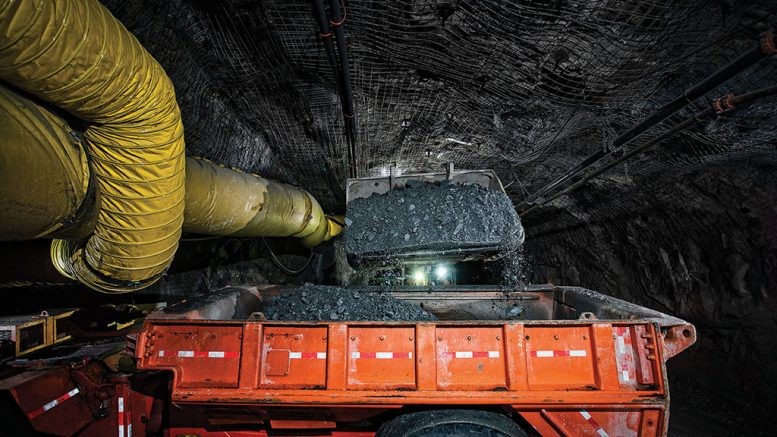
“To build a mine at any time requires a complete team effort comprised of dedicated, driven, and focused individuals,” Darin Labrenz, Pure Gold’s president and CEO, stated in a news release. “To do so under the unique challenges of 2020 speaks to the quality and dedication of the entire team.”
Pure Gold estimates the mine will employ about 340 people and deliver more than C$467 million in direct salaries over its lifetime
The underground mine – which will be one of the world’s highest grade gold producers — uses a combination of longhole stoping, conventional cut-and-fill, and mechanized cut-and-fill mining methods, while processing includes conventional crushing and grinding, followed by gravity concentration to recover free-milling gold, pre-oxidation, leaching, a carbon in pulp circuit and electrowinning, and then refining to produce dore gold.
Pure Gold said it will continue exploration drilling from surface and underground and update the property’s resource estimate based on drilling completed over the last two years.
Results from underground exploration drilling near the existing main ramp access reported in early December included 23.4 grams gold per tonne over 2.9 metres starting from 9.3 metres in drillhole PGU-0143, including 50.1 grams gold over 1 metre. Drillhole PGU-0144 intersected 13.7 grams gold over 2.2 metres from 7.4 metres and drillhole PGU-0150 cut 5.2 grams gold over 18.6 metres from 133.5 metres downhole, including I metre of 15.3 grams gold.
At the drill results were announced, Labrenz noted that the high-grade gold intercepts underscore management’s view that new zones will be found that can add to the mine plan. The company is also drilling from surface on new discovery targets across a 7-km gold corridor.
“Pure Gold has all the attributes I look for in a company – location, grade, size and growth,” mine financier Eric Sprott, a cornerstone investor in the company, stated in a press release in May 2020.”Pure Gold’s mine in Red Lake has over 7 km of strike with known high grade shoots that have only been delineated down to 1,200 metres compared to 2,500 metres in the neighbouring Red Lake mine complex.”
“The ultra-high grade hits in the 8 zone remind me a lot of the HG Zone that built Goldcorp, as well as SMC at Macassa and the Swan zone at Fosterville,” Sprott continued. “These are the types of discoveries that have the potential to be company makers and tend to lead to a much higher production profile than originally given credit.”
According to the company’s most recent corporate presentation, Sprott has invested about C$30 million in the company. Other key shareholders are AngloGold Ashanti and Newmont (TSX: NGT; NYSE: NEM).
The mine has indicated resources of 7.2 million tonnes grading 8.9 grams gold per tonne for 2.1 million ounces of contained gold, and inferred resources of 1.9 million tonnes grading 7.7 grams gold per tonne for 467,000 ounces. The resources are inclusive of probable reserves of 3.5 million tonnes grading 9 grams gold for 1 million ounces.
A feasibility study completed in February 2019 outlined an 800-tonne-per-day underground mining operation with a 12.3 year mine life. Peak annual production is expected to reach 102,000 oz. gold annually in years 3-7. The study used a gold price of $1,275 per oz. and forecast life-of-mine all-in sustaining cash costs of $787 per oz. gold recovered.
Pure Gold estimates the mine will employ about 340 people and deliver more than C$467 million in direct salaries over its lifetime.
Over the last year Pure Gold has traded in a range of 38¢ and $3.08 per share and at presstime in Toronto was changing hands at $2.62 per share. The company has about 394 million common shares outstanding for a market cap of roughly $1 billion.
(This article first appeared in the Canadian Mining Journal)




